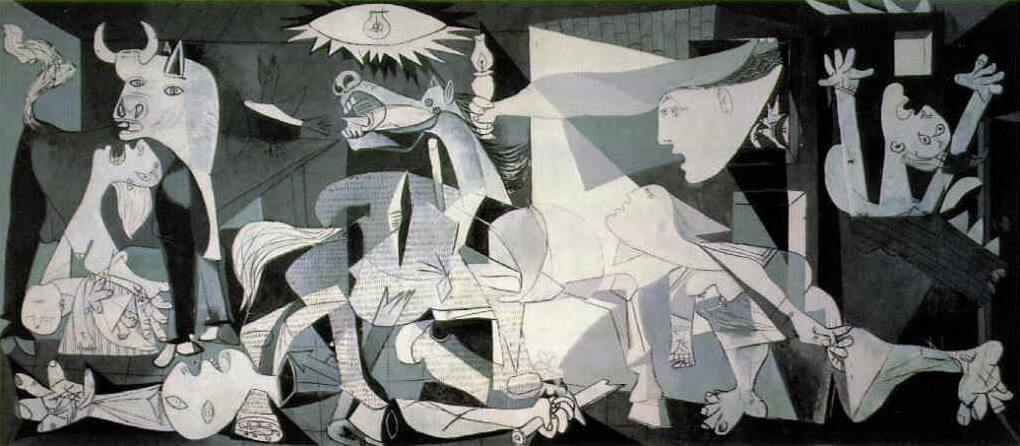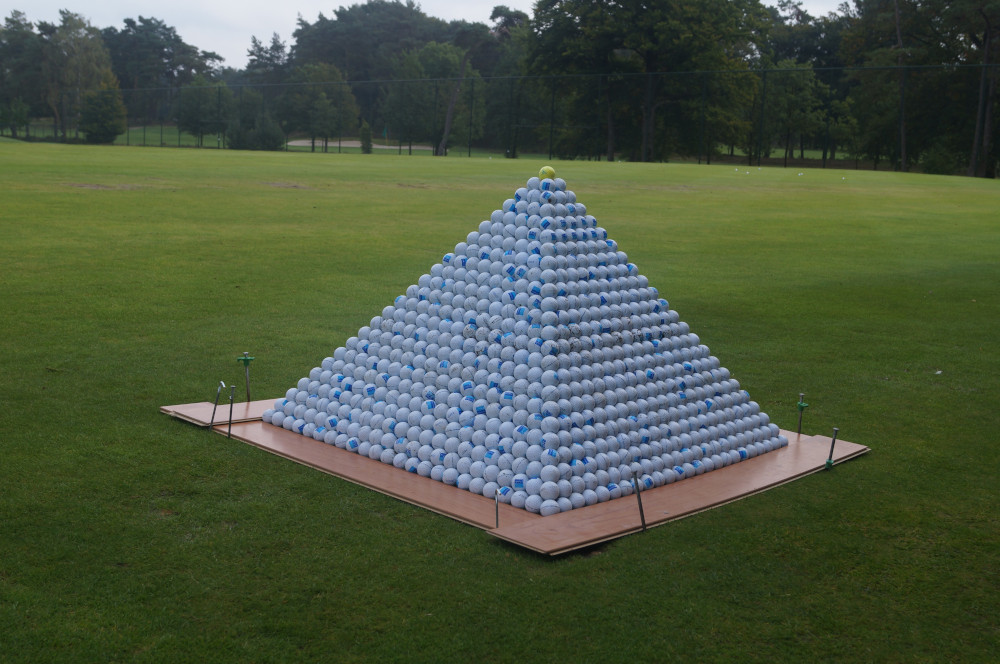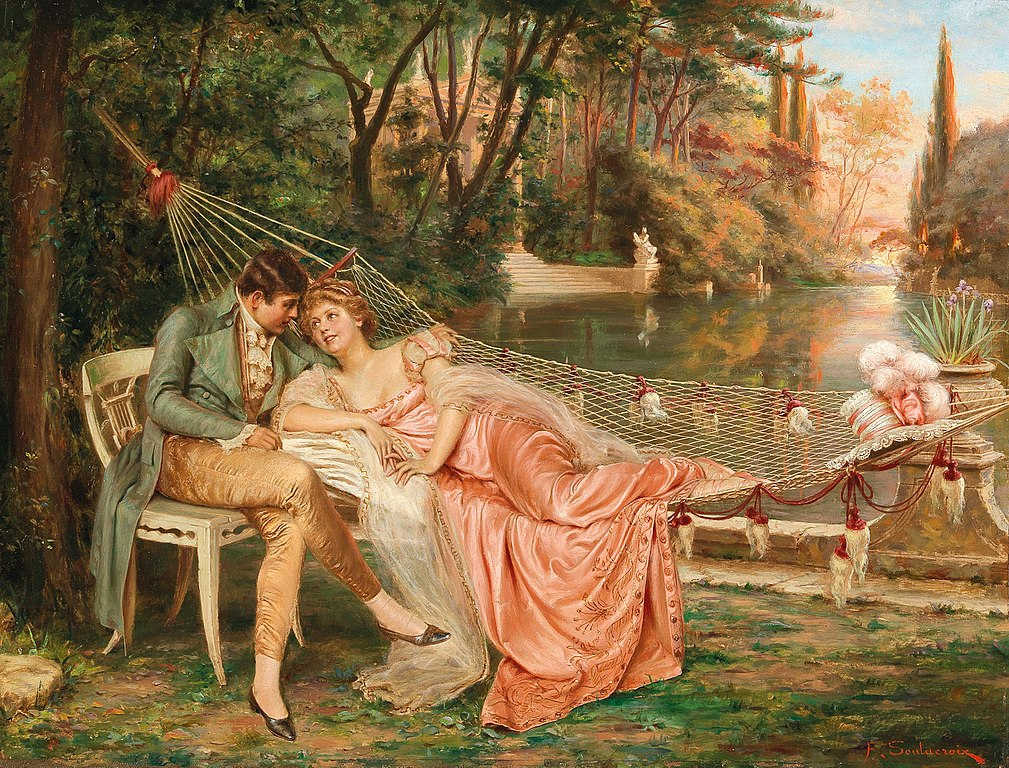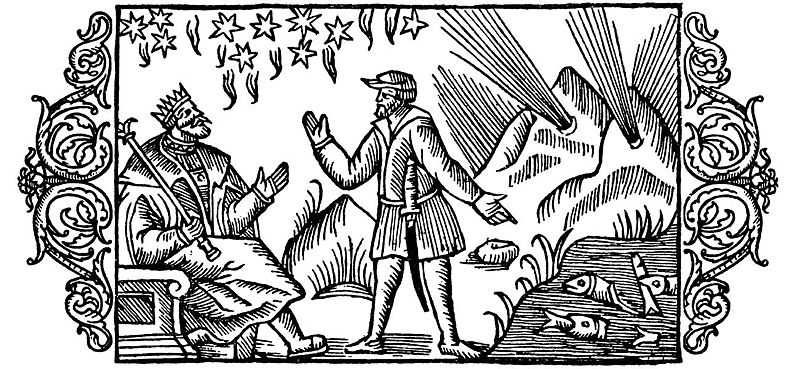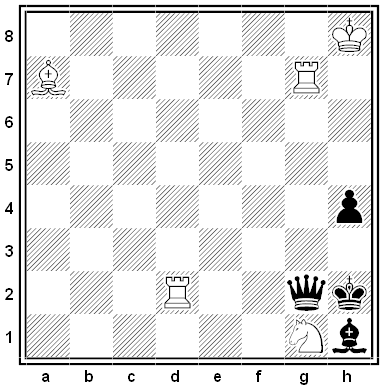
At the end of a narrow pedestrian alleyway off Paternoster Square near St. Paul’s Cathedral in London are a pair of stainless-steel “angel’s wings” 11 meters high. Designed by Thomas Heatherwick, the sculpture actually serves a practical purpose: It provides ventilation for an electrical substation below ground. Cool air is sucked in through grids on the ground, and hot air is conducted through the sculpture and released high overhead.
“The commissioner had been exploring options that involved creating a single structure that housed both inlet vents and outlet vents,” Heatherwick wrote. “It made a large bulky object that dominated the public square around it, reducing it to little more than a corridor. As this was a sensitive location near St. Paul’s, we decided to make it our priority to shrink the visible mass of the vent structure to a minimum.”
(From Mary Acton, Learning to Look at Sculpture, 2014.)

